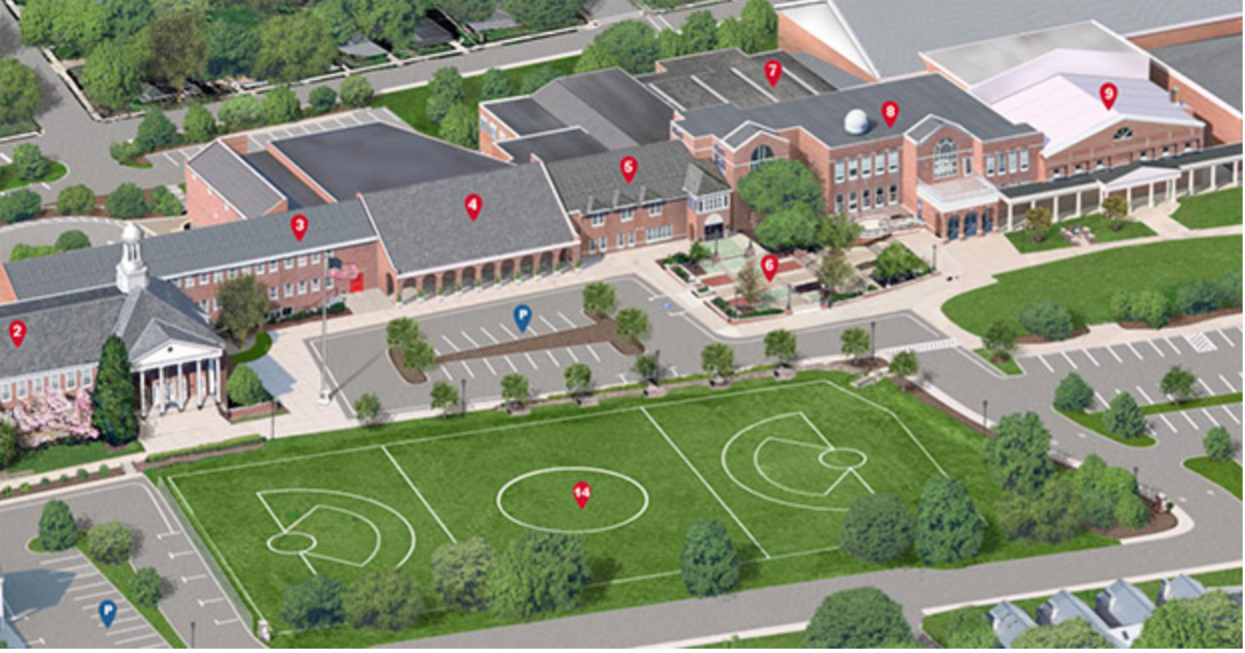Virtual Reality (VR) has brought the world a whole new experience in the last decade. VR is a simulated experience that can be similar or completely different than the actual world. VR is now widely used in the gaming/entertainment world, as well as the business world for virtual meetings.
VR is used in education as well.
However, I feel that VR has been under-used by the education field.
The Metaverse & Education
Years ago, we used VR at an education fair (that wasn’t my idea). It was very well received by the visitors to our booth, and we had a good number of new student enrolment as a result.
It was just a simple school VR tour, but it got visitors interested. It certainly helped getting new students enrolled when students and parents are able to see the actual school and the sense of a high-tech school.
VR is definitely not new, but I feel that schools have not capitalized on this relatively inexpensive gadget to promote schools.
And now metaverse education is coming.
Metaverse is perhaps very new to many of us. It is a network of 3D worlds that involve virtual and augmented reality. Augmented reality AR is an interactive experience of the real world with the objects enhanced by computer-generated perceptual information often with multiple sensory modalities.
So, this is what I think a metaverse education be like (inspired by Professor Stephen Whitehead).
Imagine if you live in Korea and you would like to send your child to a school, say in Australia. And this happens at a time when travelling is not convenient like during a pandemic. Your child can still be in Korea but attending school in metaverse, a school in Australia where your child will be learning physically in Korea but the classes take place in Australia in real time.
This experience is very different than an online class through Zoom because now you have the added augmented reality experience with multiple sensory modalities.

Theoretically the cost of metaverse education is less than the current brick-and-mortar school. One can, at the very least, discount the travelling and living expenses. The disadvantage of metaverse education is the time difference of the different countries. In the example I raised above, the time difference between Korea and Australia is merely two hours.
I believe this little time difference is easily adaptable by most people.
The advantages of metaverse education outweigh the disadvantages by a tonne. The intention of metaverse is to replicate what we do in our daily lives like socializing, shopping, go to movies and concerts, etc. It reproduces the real world in a virtual environment where people can interact with spaces, objects and other people (Borras, 2021).
The metaverse is a virtual universe the extends the dimensions of the physical world. The metaverse is not a single platform and will composed of multiple and interconnected sites. So one can move from one site to another freely and keeping the digital objects across platforms.
It is time for all of us to start thinking metaverse education before we get outdated with the (real) world.
By Dr Patrick Lee (views are the author’s own)
Patrick is an experienced educational Director with a demonstrated history of working in the education management industry. He is a Co-Founder of Whitehead, Lee & Associates, a consultancy providing expert advice and guidance to international schools.
Follow WLA on Facebook and LinkedIn.
INTERESTED IN INTERNATIONAL EDUCATION?
The Teacher’s Guide is getting around!
Seen here in Thailand with a happy reader. Grab a copy to take on your own adventure or listen to a short sample here (4 mins).








